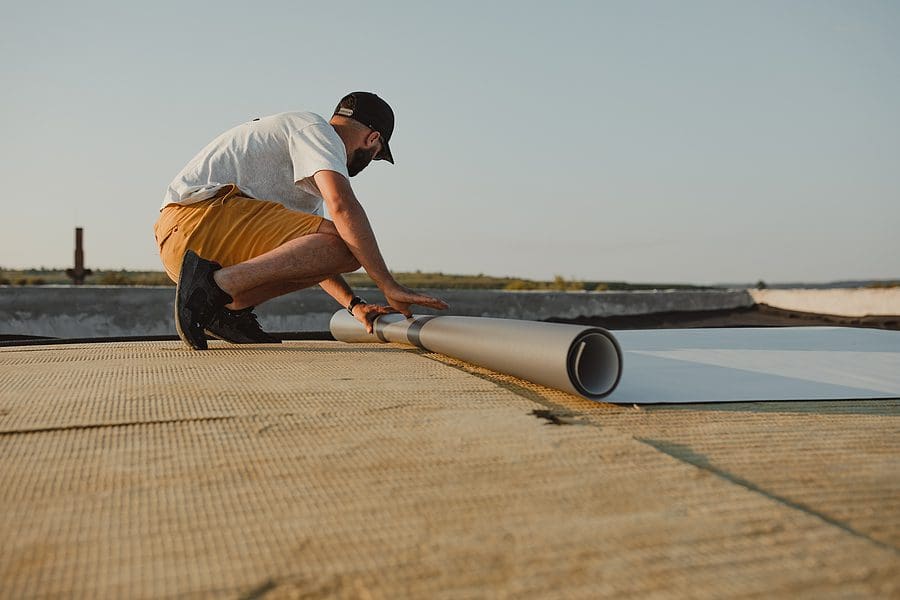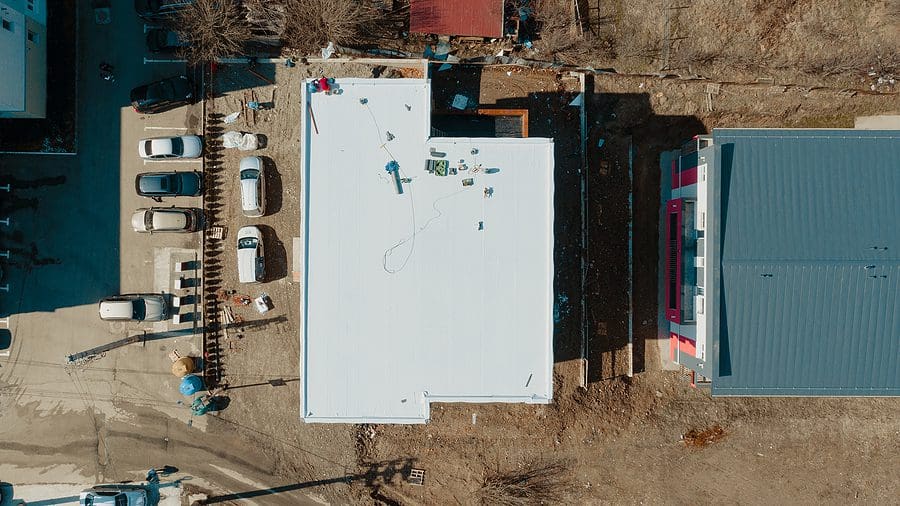As we embark on the journey to understand the intricacies of the roofing industry, one cannot overlook the sheer significance of Thermoplastic Olefin (TPO) roofing. This innovative roofing solution is a major player in the industry, not just for its impressive features, but also for its pivotal role in shaping modern roofing strategies. TPO, known for its durability and energy efficiency, has rapidly grown in popularity among commercial building owners and residential homeowners alike. This increase in demand stems from TPO’s capability to marry high-quality performance with eco-friendly attributes, making it a veritable game-changer in roofing technology.
What is TPO?
Digging deeper into what TPO roofing really is, we find that it’s an ingenious combination of ethylene-propylene rubber and polypropylene. This material blend is designed to offer the highest resistance against weathering, tears, and impacts while maintaining flexibility for installation. The process of its creation involves a meticulous procedure of blending, extrusion, and calendaring, culminating in a layered roofing material that is lightweight, strong, and exceptionally durable.
The Installation Process

Various methods exist for TPO installation, each addressing a specific need based on the building’s design and the local climate. The three major techniques include mechanically attached systems, fully adhered systems, and ballasted systems. Mechanically attached installations involve fastening the TPO material to the roof deck, which is great for high-wind areas. Fully adhered systems use adhesives to bond the membrane to the roof, providing superior stability and protection. The ballasted system, on the other hand, involves laying the TPO membrane loose and using rocks or other ballast materials to keep it in place, offering a quick and cost-effective solution. These options ensure that no matter the circumstance, there is an efficient TPO installation method available.
Is TPO Cost-Effective?

When it comes to cost-effectiveness, TPO roofing emerges as a clear winner. While initial installation costs may be higher than some traditional options, the investment pays off in the long run. TPO’s high reflective properties mean it can drastically cut down on energy costs, particularly during the hot summer months. Additionally, the longevity of TPO and its lower maintenance needs lead to significant savings over time, making it an excellent choice for budget-conscious property owners.
Investing in Durability
The advantages of TPO roofing extend beyond its money-saving measures. Its exceptional durability stands against harsh weather conditions, and with a lifespan of 15-20 years, it’s a worthwhile investment. TPO also offers easy repairs, in the rare event they’re needed. Usually, patching or heat-welding is enough to fix minor issues. In addition, its energy-efficient properties and its ability to resist ozone, ultraviolet, and chemical exposure, make it one of the most sought-after roofing solutions in the market.
Wagner Roofing takes immense pride in providing top-quality TPO roofing installation services. With years of industry experience and a dedicated team of trained professionals, we guarantee superior workmanship and exceptional customer service. Our commitment to delivering durable and sustainable roofing solutions has placed us among the industry leaders, and we continue to strive for excellence in every project we undertake. When you choose Wagner Roofing, you’re not just investing in a new roof—you’re investing in peace of mind, knowing your roofing needs are in the most capable hands.